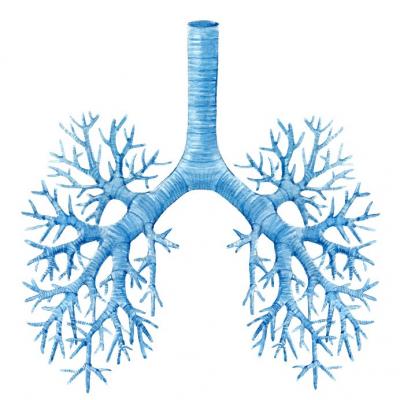All news by pomonary malformations
Beyond bronchitis: bronchial tree abnormalities
Cough, wheezing and shortness of breath may be present in patients affected by bronchial tree malformations.

Anomalies of the bronchus can be 1) congenital and 2) acquired.
Regardless of the underlying aetiology, the clinical presentation of bronchial disease tends to be non-specific with complaints typically including cough, wheezing, and shortness of breath.Some forms of bronchial pathology are asymptomatic or minimally symptomatic and are discovered incidentally on imaging performed for other reasons.
Common congenital aberrations of bronchial anatomy include: tracheal bronchus, accessory cardiac bronchus, and bronchial agenesis/aplasia/hypoplasia.
Williams-Campbell syndrome and cystic fibrosis are two other congenital conditions that result in bronchial dilation.
Bronchial acquired pathology can typically be divided into two broad categories: 1) bronchial wall thickening/dilatation and 2) obstruction/stenosis.
Recurrent respiratory infections and aspiration are the most frequent causes of acquired bronchiectasis.
The causes of acquired bronchial obstruction and stenosis are varied and include foreign body aspiration, neoplasm, broncholithiasis, tracheobronchomalacia, excessive dynamic airway collapse, asthma and granulomatous disease.
The initial study of choice in virtually all cases of bronchial disease is the chest standard frontal and lateral x-ray. If further investigation is necessary, computed tomography (CT) is typically the next imaging modality of choice. For these studies, contrast administration is often not necessary. High-resolution chest CT (HRCT) can be useful for assessment of conditions such as pulmonary fibrosis and bronchiectasis. Occasionally, dynamic imaging is used to evaluate conditions characterized by airway dynamic collapse.
The Authors propose a complete revision of the main causes of bronchial anomalies both congenital and acquired.
Reference
Marini T. et al. Beyond bronchitis: a review of the congenital and acquired abnormalities of the bronchus. Insights Imaging (2017) 8:141–153.






